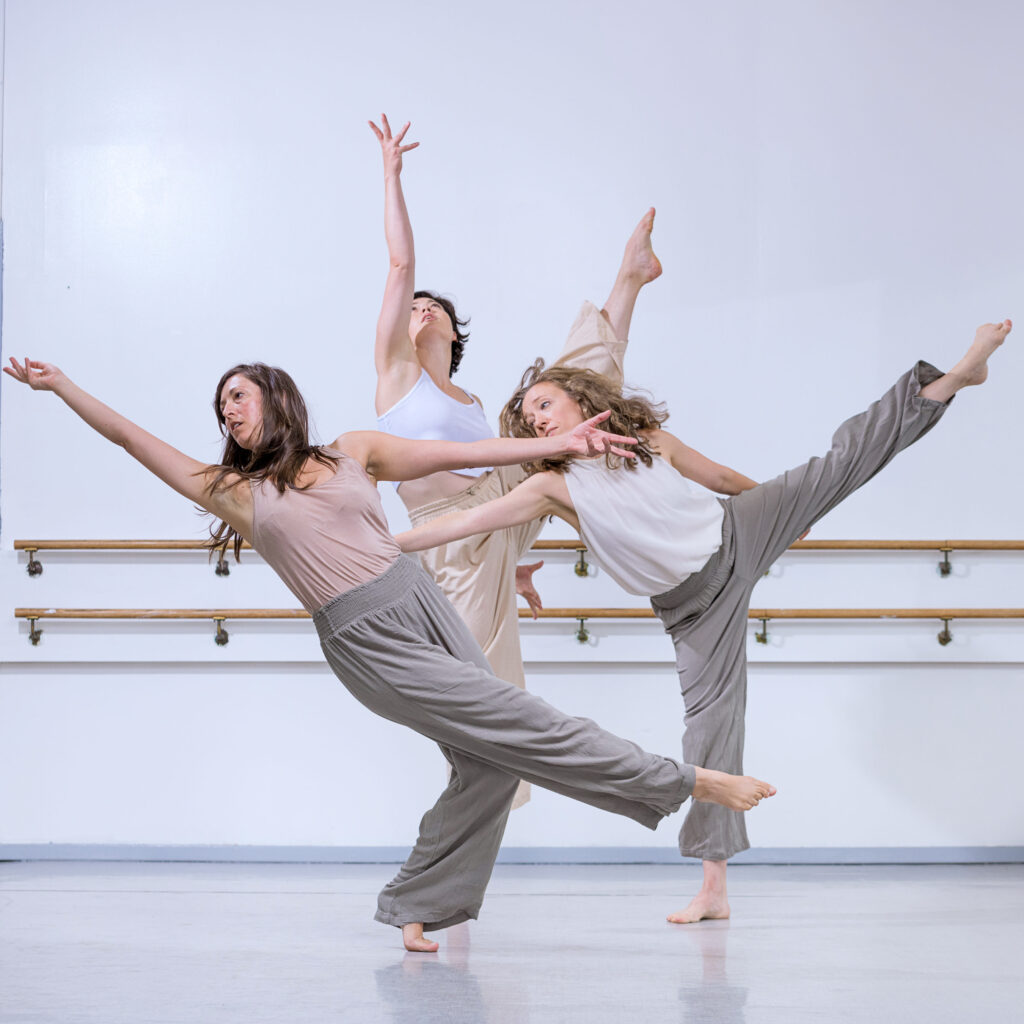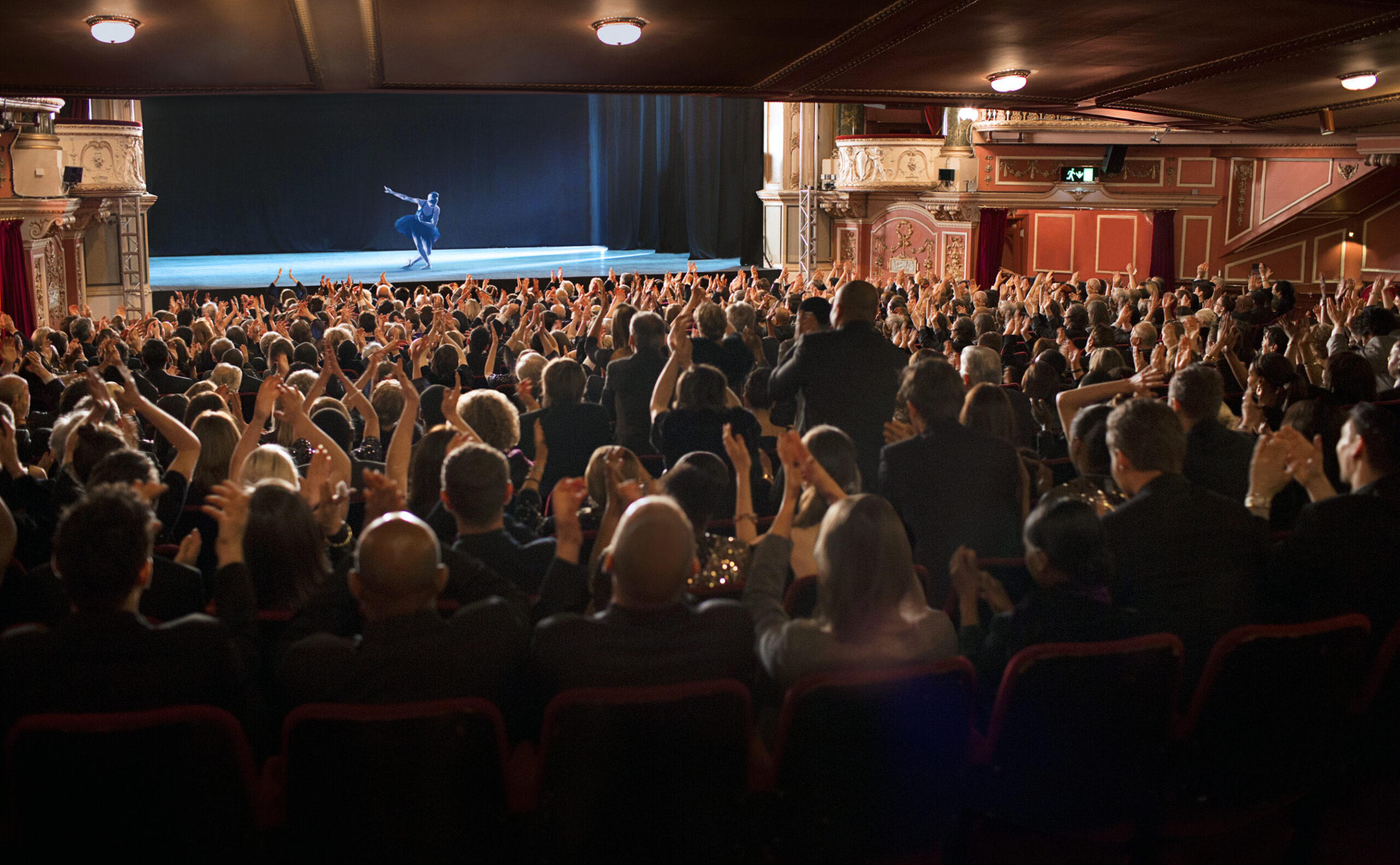We Can’t Go Back: How the Pandemic Created Space to Reflect on Unsustainable or Harmful Dance Industry Norms
When the Association of Performing Arts Professionals convened in January for its first in-person conference in three years, the air was hyper-charged. At long last, audiences were returning to live performance, and APAP is the marketplace where presenters, producers, artists and managers make connections and strike deals. Yet, not everyone was excited to get back to work. “In the arts we have accepted a lifestyle of burnout,” said Keri Mesropov, chief talent officer of the Colorado-based consulting firm, TRG Arts, at a general session. “I have clients who don’t even know they are burned out until they are in the emergency room.” A little later she added, “I’m tired of dreaming a little smaller because we don’t have the resources.”
During the past three years, we’ve caught glimpses of healthier ways to conduct business, produce more inclusive events and better support artists. Right now the dance community is teetering at a crucial edge. In an urgency to return to business as usual, there is a danger that we’ll do just that.
“We’re not recovered,” says Sandy Garcia, director of booking for Pentacle, a not-for-profit artist management support organization. “We’re still figuring it out. During COVID, there was interest from people in the field to have those conversations and to work toward those changes. But there’s the constant possibility that things can go back, or when racial justice is not at the forefront of what everyone is thinking about, that those things start to take a back seat. That’s part of the challenge—you want those things to stick.”
Dance Magazine spoke with members of the presenting community, artist managers and dance artists about what they see—and would like to see—as the business of live performance moves forward.
The Burnout Is Real
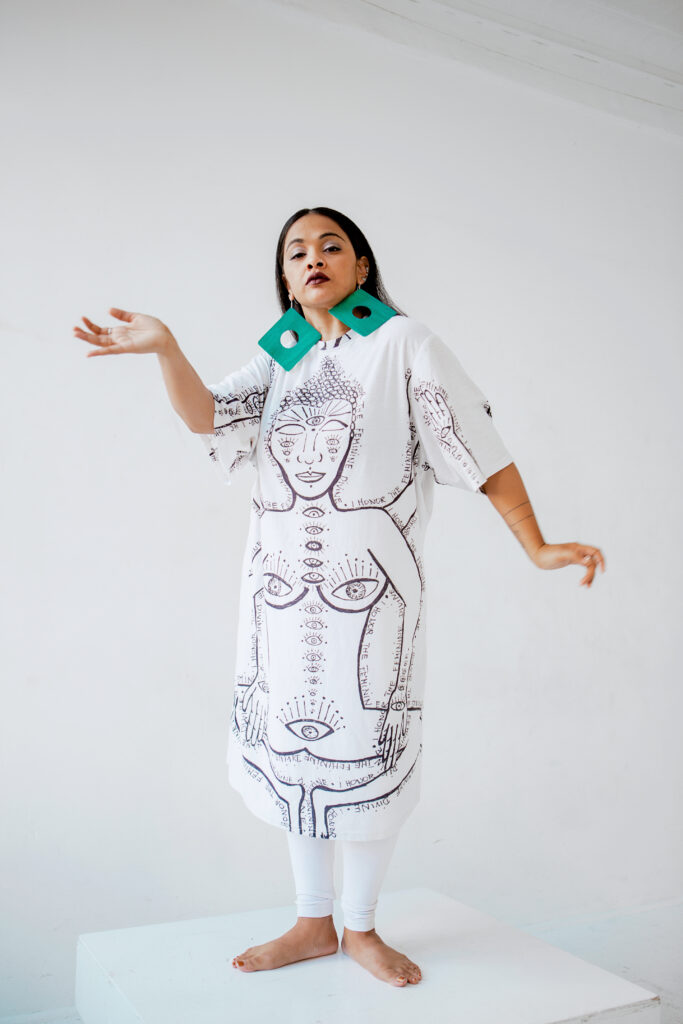
“Most, if not all, dance artists I know right now are burned out,” says Brinda Guha, an independent dancer-choreographer-curator who currently performs with the multicultural percussive trio Soles of Duende. “There’s a sense of exhaustion when it comes to negotiating fees, having to explain ourselves, having to prove ourselves or audition for something. The burnout,” she says, “is depositing into our muscles. How do we keep up when we’re so tired?” During the pandemic, 8 of the 10 members of Guha’s New York City–based dance company left the city. “For a couple of months I stopped creating. I lost my momentum. A lot of our creativity comes from working with trusted bodies in the space, figuring out what we’re making together.”
This sense of loss is reflected in 58 dancer-to-dancer interviews initiated by the Jerome Robbins Dance Division of the New York Public Library for the Performing Arts in its COVID-19 Dance Workers Narrative Project. Yet, as project editor Susan Kraft reviewed the transcripts, she was struck by something else, as well. “I was so moved by their resilience,” she says. “They were figuring it out and reconnecting to their bodies and dance practice in a whole new way. Some had unemployment benefits, and they were seeing what it was like to focus on their life and health in a way they don’t often get to do. As much as many of them missed being in the studio with others, they didn’t want to go back to how things used to be.”
Dance artists are not the only ones who took a deep breath during COVID. “In 2019, I had 150,000 miles on United,” says Paul King, who together with Walter Jaffe founded Portland, Oregon’s White Bird, now in its 25th season of presenting and commissioning work from both local and touring dance artists. “I was at every single load-in and load-out. We were at Mach 10 with our hair on fire. There was just no way I could keep up that pace.” During the pandemic the two founders, now in their 70s, created a two-year succession plan to pass the reins to a new executive director, 29-year-old Graham Cole. King sees it as part of a generational shift that is happening in every aspect of the field—funders, foundations, audiences and dance companies.
Gibney, in New York City, is an example of a similar generational move. In early 2022, the organization, which includes studio and theater space, a dance company, and an impressive level of community activism, promoted a trio of new directors that founder Gina Gibney will guide as they move into the future together.
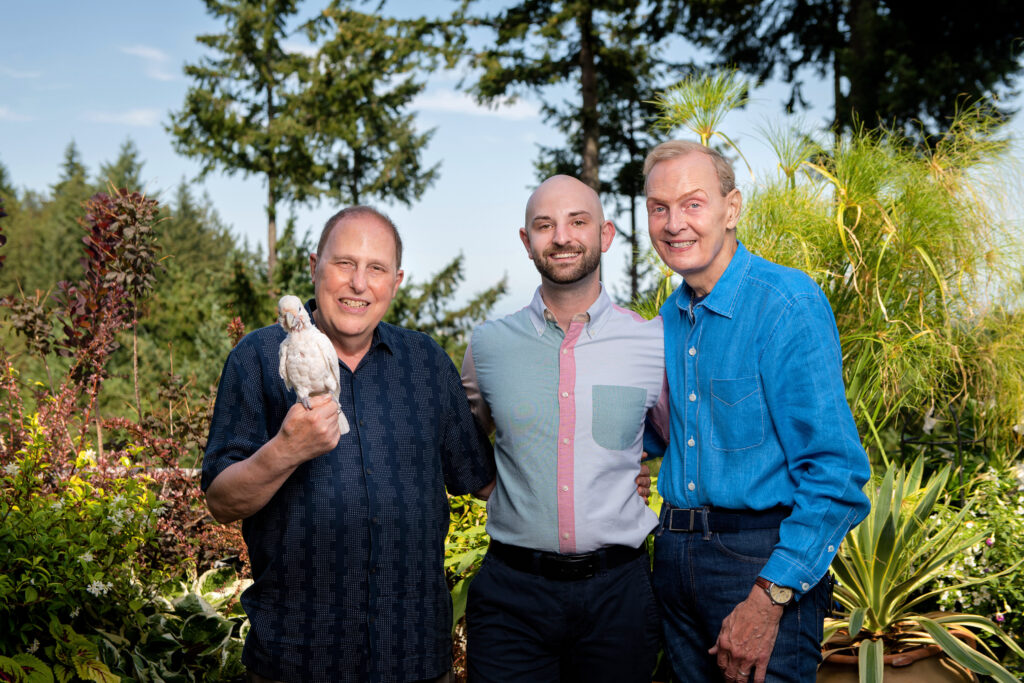
Black Lives Matter Changed the World
The dance community was among the first to respond to the murder of George Floyd with stronger commitment to equity, diversity and inclusion. But some artists of color report that increased interest in their work, while well-meaning, can sometimes lead to misunderstandings. “Are we tokenizing these acts by making sure our bill looks super-diverse, or are we genuinely interested in having their artistry?” asks Guha, who specializes in Indian classical kathak dance. “As artists, we want to do things that are relevant, exciting and full, and show our best work. But we don’t want to keep explaining ourselves to institutions and venues,” she says. She’d like them to meet her halfway in educating themselves about the work. “Why did you program me if you don’t know what I do?”
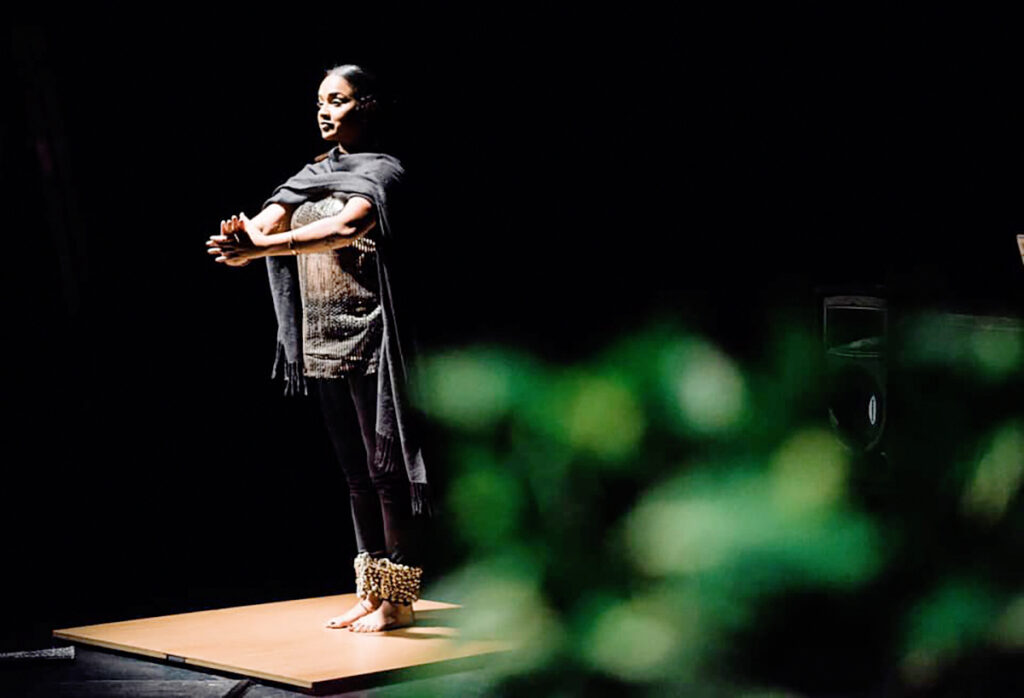
It takes care and respect to develop the kind of well-considered approach to EDI (equity, diversity and inclusion) that White Bird has. While their commitment to presenting artists of color is long-standing, they took it deeper after 2020. “We had 124 consecutive days of protest here during the Trump administration,” says King. “They sent in militia with no markings—you could not tell where they were from—and they were taking people off the streets, putting hoods over their heads, and taking them away to interrogate them. It was frightening.” After that, White Bird added an EDI council, and the plan now is to recruit a director of EDI to their small staff of four. “That person will be at the table for every conversation, whether it’s about funding, community engagement, programming. EDI will be part of each and every element of what White Bird does,” King says.
Costs of Touring Are Up and Audiences Are Smaller
Pentacle’s Garcia reports some positive changes in contracting for touring artists. The organization represents such artists as Ephrat Asherie, Staycee Pearl and David Dorfman, and has advised and advocated for dancers since the 1970s. When tours were canceled because of COVID, force majeure clauses left artists unpaid, regardless of how much work they had already done to prepare for the engagement, and no guarantee that the presenter would try to reschedule the performance for a future date. Most presenters also required that any payments made had to be returned. Alongside others in the industry, Garcia and staff have worked to ensure a more equitable sharing of risk. And yet, there is still work to be done to better support artists, because contracts generally have favored the presenter. “We’re in a better landscape,” she says. “That’s a small change, and one of many things we’re still trying to figure out.”
“In terms of touring, the thing we’re all grappling with is expenses having gone up,” Garcia goes on to say. “And for the most part audiences are not returning in the same numbers as before.”
This is true for White Bird and for The Cowles Center in Minneapolis. Cowles co-directors Joseph Bingham and Jessi Fett have initiated a “pay as you are” option as one way to rebuild their audience. For certain shows, ticket buyers may opt to pay fair market value, or something below or above that price. “It’s about meeting an audience where they are economically,” says Bingham, noting that people will often add on a donation. Based on the experience of other theaters, he’s prepared for revenues to dip at first, but eventually hopes to increase the fair market value of a ticket without compromising accessibility. “Because, realistically, that market value does need to go up,” he says, if artists are to make a living and a theater is to cover its costs. “I think we’re learning things. We’ll see how it shakes out at the end.”
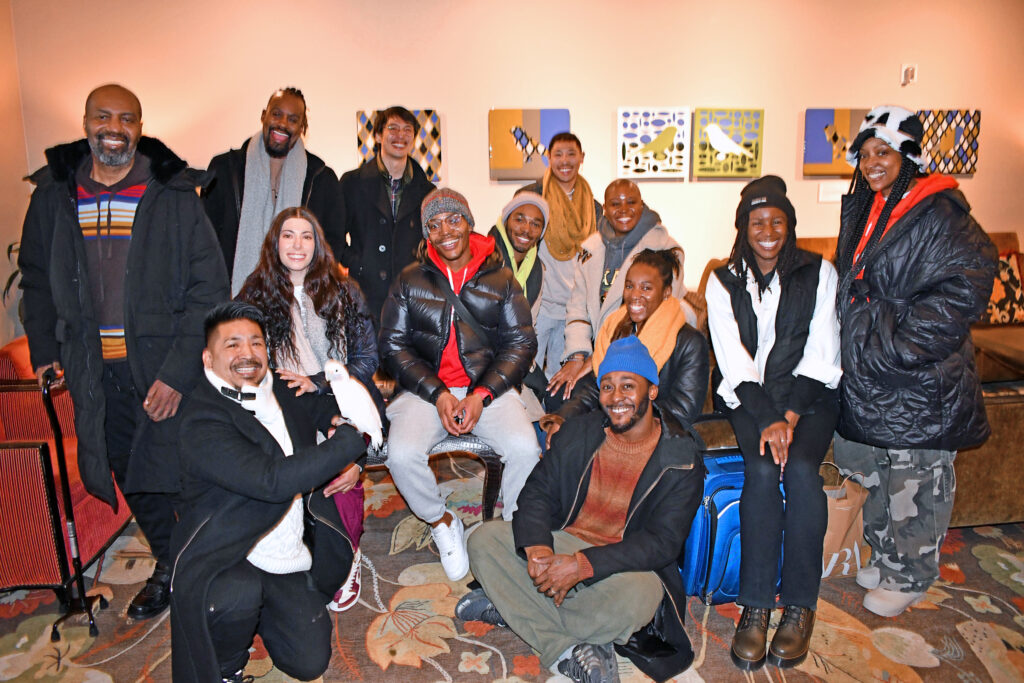
Equitable Artist Compensation and Access to Funding
“Things cost more, but we’re also trying to further the ecosystem and up our pay for artists,” Bingham says. Cowles’ two directors recognize that an engagement fee should reflect costs an artist incurs overall in bringing work to their stage—including conception and building of a piece, costs of rehearsal, and equitable payment of performers. It’s more than simply showing up and giving a performance. The Cowles also offers a residency program, called Generating Room, to support local dance artists, providing a stipend and space, with no strings attached and no performance needed. “If funding doesn’t increase in a way to fully compensate artists, it’s hard to program as much as we want,” says Fett.
The kind of support The Cowles envisions is essential to independent artists who aren’t well served by current grant-making processes. “I find writing grants quite overwhelming,” says Brooklyn-based Joanna Futral, who dances with The Lovelies, a company cooperatively managed by its three members. “Unless you can hire a grant writer, it’s not a feasible way to make money.” The time it takes to prepare the grant application can easily exceed the value of the grant amount—that is, if the artist is lucky enough to receive funding. Artists like Futral and Guha would like to see the process simplified with a universal grant application and more multi-year grants. For instance, much of the information requested in a grant application can be found online. “Maybe meet with us in person,” suggests Guha. “Find a way to engage with our work. Meet us where we are so we don’t feel so intimidated to prove ourselves.”
There are some hopeful glimmerings: As an alternative to highly competitive grants and fellowships, which are unevenly distributed, the Andrew W. Mellon Foundation in 2022 introduced a universal income program. Creatives Rebuild New York pays 2,400 artists each $1,000 per month for 18 months, no strings attached. Six percent of the recipients in the pilot identified as dancers.
